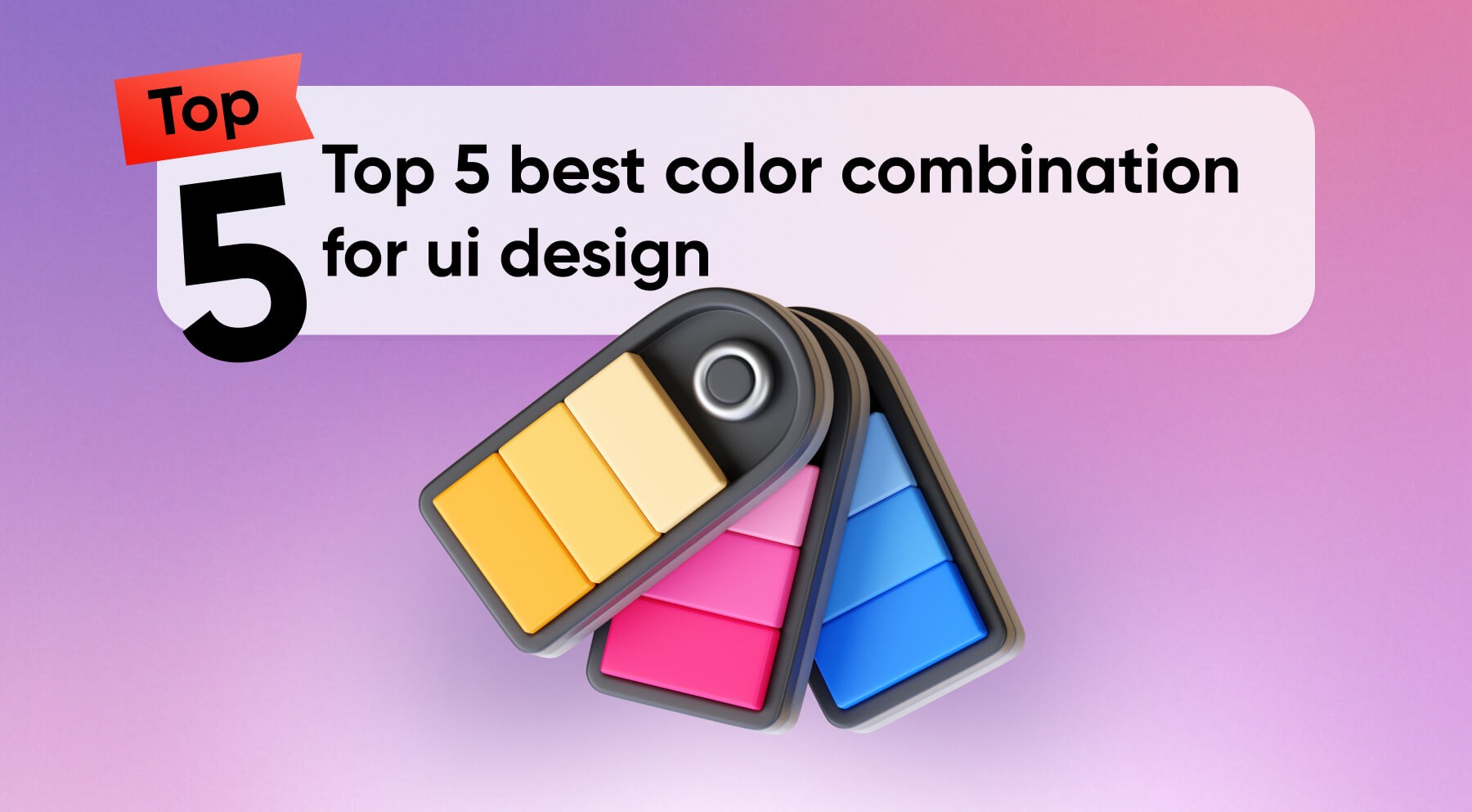Share on
As a UX/UI designer, you know how important it is to showcase your work in a compelling and engaging way. Your portfolio website is your chance to demonstrate your creativity, problem-solving skills, and unique style. But how do you create a portfolio website that stands out from the crowd and impresses potential clients or employers? Here are some tips and best practices to help you craft an outstanding UX/UI design portfolio website.
1. Introduction Matters
Start with good first impression, impactful introduction.
Introduce yourself as a designer.
Clearly state your passion, expertise, and design philosophy.
Make it easy for visitors to understand who you are within seconds of landing on your portfolio
2.About Me Section
Go beyond the basics
Create a detailed “About Me” section.
Share your background, interests, and design journey.
Let your personality shine through.
Explain why you’re passionate about UX/UI design
3.Case Studies Are Key
Dive deep into your projects through case studies like this DayPro Website.
Select 2–3 of your best projects.
For each case study:
Describe the problem you tackled.
Explain your design process (research, wireframe, prototyping
Showcase visuals, user flows, and final designs.
Highlight the impact of your solution.
4.Choose the Right Portfolio Builder
Prioritize user experience (UX) in your portfolio through the right portfolios website builder like the Framer.
Explore free portfolio websites designed for UX/UI designers
Optimize load times.
Make it easy for visitors to explore your work.
Responsive design is a must.
5. Contact Information
Make it easy for potential clients or employers to reach you
Include a dedicated “Contact” page.
Provide multiple ways to connect (email, LinkedIn, etc.).
In conclusion
Your portfolio is more than a collection of your work. It is a reflection of your skills, your personality, and your design thinking. Make sure you customize it to highlight your best projects, tell engaging stories, and showcase your design expertise. You can do this by following some tips and best practices for portfolio building with the tip above.
Share on
View all guides




